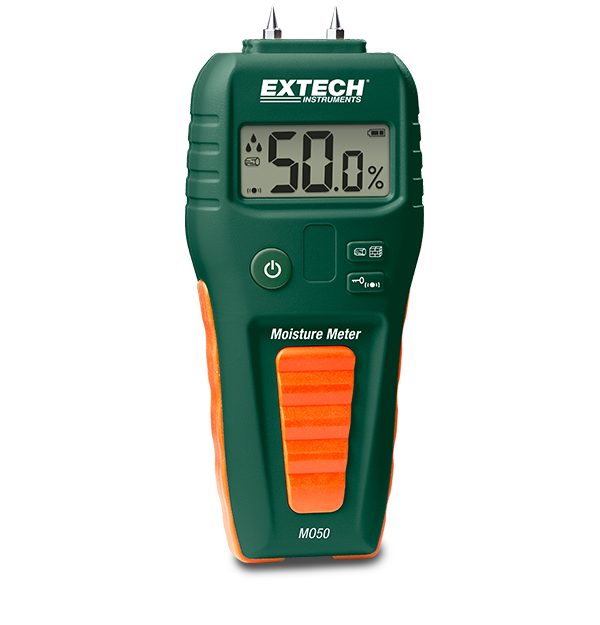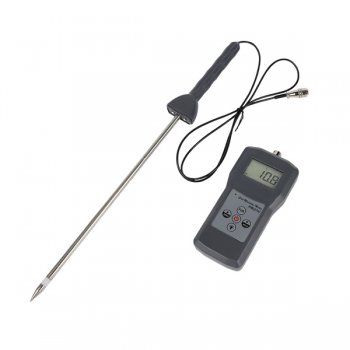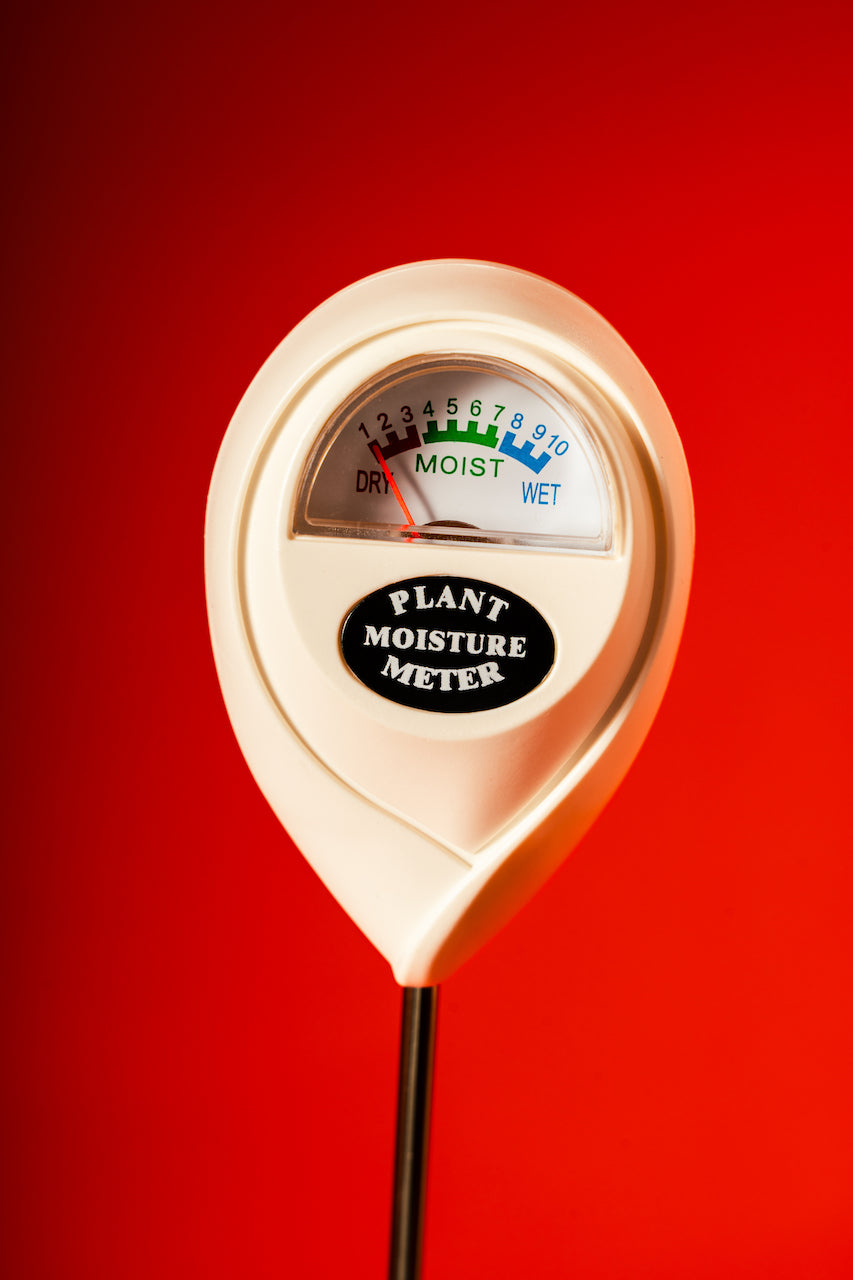Moisture Meter Reviews: Comparing the Best Designs for Professional and Do It Yourself Use
Moisture Meter Reviews: Comparing the Best Designs for Professional and Do It Yourself Use
Blog Article
Recognizing the Importance of a Moisture Meter in Stopping Mold and Water Damage in your house
In the world of home upkeep, the presence of wetness can commonly be a silent yet formidable enemy, capable of creating pervasive mold and mildew growth and perilous water damages if left untreated. Recognizing the importance of a dampness meter in this battle is not simply an alternative but a calculated necessity.
Relevance of Moisture Detection
Reliable wetness detection techniques are important for safeguarding properties and avoiding potential mold and mildew growth and water damages. Dampness can permeate right into numerous structure products, resulting in architectural concerns and carcinogen. By utilizing a wetness meter, homeowner can proactively identify areas prone to excess dampness, enabling for timely treatment and mitigation strategies.
Moisture meters supply precise readings of dampness degrees in different materials such as timber, concrete, and drywall. This data aids in pinpointing locations of concern, even in hard-to-reach or surprise areas. Early discovery of wetness accumulation allows prompt fixings or adjustments to avoid additional damage.

Just How Moisture Meters Work
Wetness meters play a critical function in the aggressive identification of excess wetness, helping in the avoidance of prospective mold and mildew growth and water damage by offering precise readings of wetness degrees in various building products. Some advanced wetness meters pin both combine and pinless modern technologies for detailed dampness detection. Comprehending how moisture meters feature is important for timely and accurate dampness degree evaluations, making it possible for efficient preventive actions versus mold and water damage.
Finding Early Indication
Upon initial examination of a building, identifying subtle signs of excess dampness comes to be crucial in the very early discovery of possible mold development and water damages. Some common early warning indications include musty odors, water spots on walls or ceilings, peeling paint or wallpaper, and warped or discolored surfaces. Stuffy odors commonly suggest the presence of mold and mildew or mold, also if no visible indicators are obvious. Water discolorations can signify leaks or seepage, while peeling paint or wallpaper might be a result of wetness endangering the adhesion of these materials to the surface. Deformed or discolored surfaces, such as bending floorboards or blemished drywall, are clear indications of water damage. Furthermore, a see rise in allergy signs or respiratory system issues amongst occupants may suggest the existence of mold and mildew due to excess moisture. By promptly recognizing and addressing these very early caution indicators, house owners can reduce the risk of comprehensive mold and mildew growth and water damage in their residential or commercial properties.
Preventing Mold Development
Acknowledging very early caution indications of excess wetness within a home not just makes it possible for punctual discovery of possible mold and mildew development and water damages however likewise serves as a proactive action in stopping the expansion of mold and mildew. To successfully prevent mold and mildew growth, it is critical to address any sources of wetness without delay.
Along with resolving moisture sources, keeping indoor moisture degrees listed below 60% can considerably inhibit mold growth. Proper air flow, adequate insulation, and utilizing ac unit or followers can help control indoor humidity levels. Keeping track of moisture levels in areas susceptible to moisture, such as cellars and crawl spaces, using a moisture meter can additionally assist in very early detection of raised wetness levels and possible mold and mildew development. By taking aggressive steps to stop excess moisture and mold navigate to this site and mildew growth, house owners can safeguard their residential property and indoor air quality.
Advantages of Normal Tracking
Normal monitoring of dampness degrees in a building can play a vital function in preserving a healthy and balanced interior environment and avoiding potential mold and water damages. By regularly checking moisture degrees, homeowners can spot any kind of issues without delay and take essential activities to stop mold growth and water damages. One of the vital benefits of routine surveillance is very early discovery. By recognizing and attending to high wetness degrees beforehand, homeowners can step in prior to mold has the opportunity to spread out and develop. This aggressive method can save both money and time over time by stopping extensive mold removal and repair prices.
Moreover, normal monitoring allows homeowners to track patterns and trends in dampness degrees over time. Eventually, the consistent surveillance of wetness levels encourages homeowners to protect their residential property, secure their health and wellness, and preserve the integrity of their interior atmosphere.

Final Thought

By using a moisture meter, residential or commercial property owners can proactively recognize locations susceptible to excess moisture, allowing for prompt treatment and mitigation approaches.

Checking moisture levels in locations prone to moisture, such as cellars and crawl rooms, making use of a dampness meter can likewise assist in early discovery of elevated dampness degrees and potential mold and mildew growth. (Moisture Meter)
Report this page